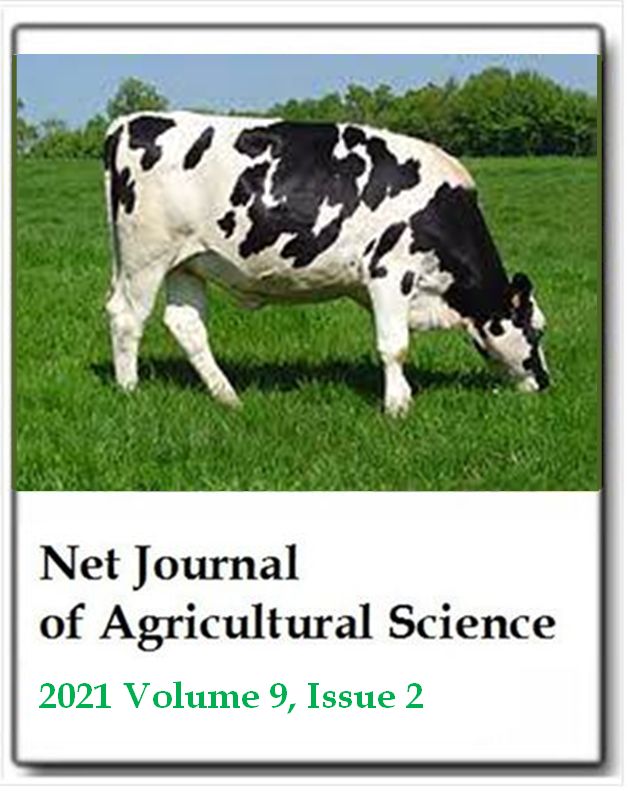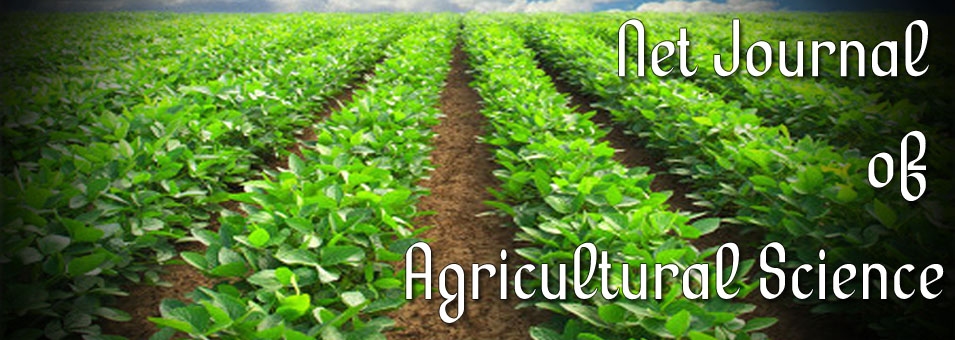Cost and benefit analysis of water allocation among farmers and cattle herders in Mvomero District, Tanzania
Aurelia KamuzoraNet Journal of Agricultural Science
Published: June 10 2021
Volume 9, Issue 2
Pages 22-34
ABSTRACT
Tanzania comprises huge land of about 1 million square kilometers with plentiful water sources such as lakes, rivers, springs, wetlands and aquifers, but with poor allocation of water resource created conflicts among farmers and cattle herders who requires water for their conflicting water use activities. Farmers require water for irrigation and roaming cattle herders use it for their cattle. These two activities go together but water for irrigation when used for cattle, crops will be eaten up by cattle. When this happens, the conflict between farmers and cattle keepers arise. Water allocation conflict is rampant in Mvomero District due to the co-existence of farmers and cattle herded using the same source of water. Farmers have been migrating from different parts of Tanzania to settle there and start maize farming while cattle herders immigrate in Mvomero district searching for green pastures there. Also, seasonal roaming cattle keepers have moved from other parts of the country to Mvomero district. The increasing conflicting use of water resource has resulted in conflicts among pastoralists and farmers. Therefore, cost and benefit analysis of water allocation among water users, specifically cattle herders and farmers in Mvomero District was essential to find out how water could be governed and used more efficiently for economic gains. The study was conducted in Mkindo, Kambala and Mpapaa-Msufini villages in Mvomero district. The institutional arrangements which were used to govern water resource allocation in those areas were studied by triangulating the methods combining qualitative and quantitative research methodologies. The study was a case study design allowing explorative, descriptive and explanatory designs to be used following Yin (2003). The study intended to interview 89 pastoralists and farmers. The findings reveal that cattle herders generated more income from selling cattle than farmers. Thus, cattle herders were economically having more benefits more than farmers. The study concluded that allocating water resource to farmers and pastoralists required cost and benefit analysis. For the case of Mvomero district, pastoralists would have benefited more from the water resource allocated to them than when farmers could be allocated the same, therefore the water allocation to the pastoralists is suggested in this paper.
Keywords: Cost and benefits analysis (CBA), water resource allocation, maize farming, pasturing, Tanzania, sustainable agriculture.
Full Text PDF
ISSN: 2315-9766
